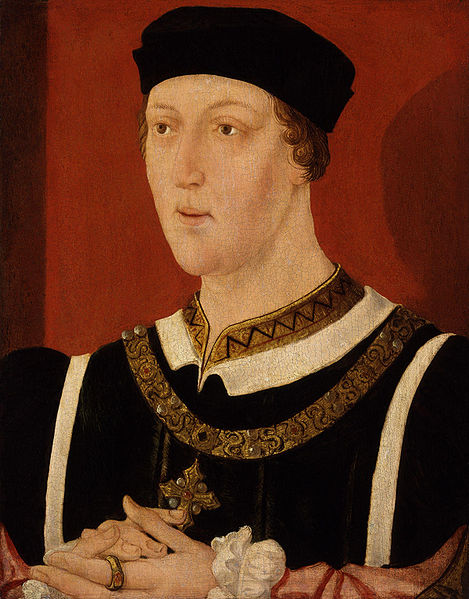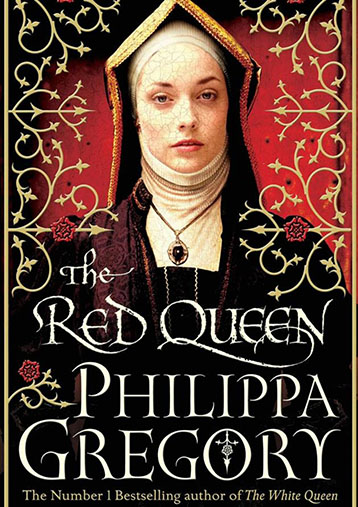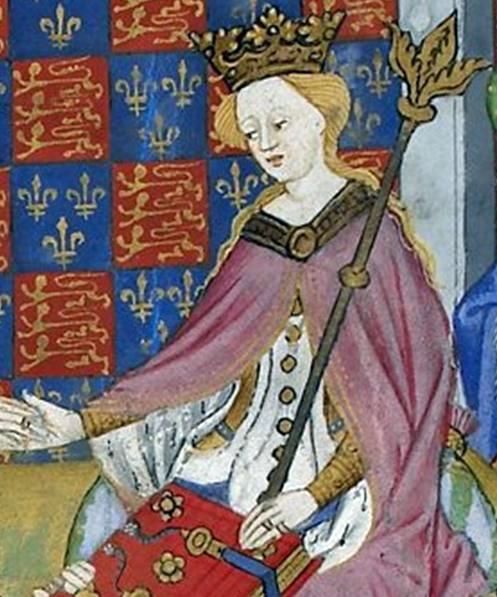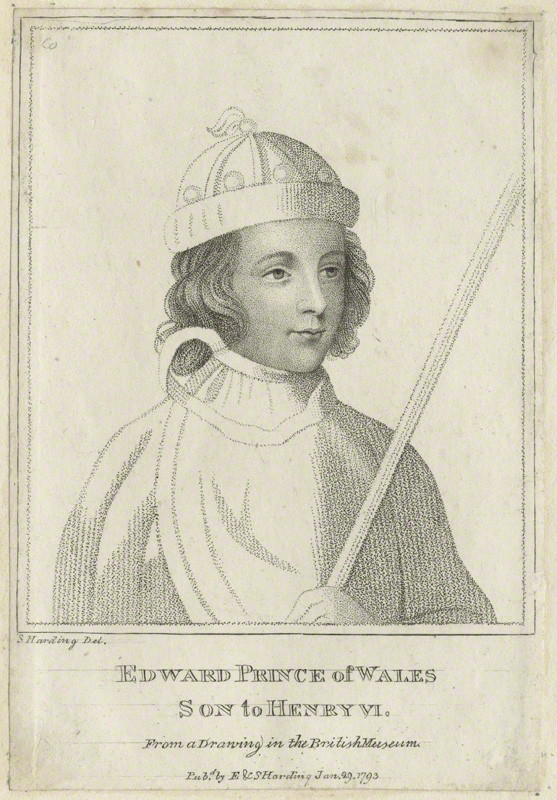Henry inherited the throne of England as an infant, just nine months old, and two months later inherited the Kingship of France on the death of his grandfather Charles VI. A council of regents supported him until he was thought fit to rule. However, from the outset it seems that Henry was a man who was ill suited to kingship, he was shy and disliked conflict, preferring instead to put religious life first.
His mother, Catherine of Valois, was then 20 years old and, as Charles VI of France’s daughter, she was viewed with considerable suspicion by English nobles who prevented her from having a full role in her son's upbringing.
His council disagreed on England’s strategy in The Hundred Years' war with France. Henry, preferring peace, was persuaded by Cardinal Beaufort and the Earl of Suffolk to marry Margaret of Anjou, the niece of King Charles VII.
Henry agreed to yield Maine and Anjou to Charles during the marriage negotiations. When this became public knowledge in 1446 it was opposed by the Duke of Gloucester and the Duke of York, but Henry's new bride Margaret was determined to see it through and protected Suffolk from any blame.
Henry had his uncle, Humphrey Duke of Gloucester, charged with treason, and arrested. He died in custody before a trial (some people suspected poison). Richard Duke of York was excluded from court in a role governing Ireland. Meanwhile, Henry’s favourites Suffolk and Somerset were promoted to dukes, a title at that time still normally reserved for immediate relatives of the monarch.
A breakdown in law and order, corruption, the distribution of royal land to the king's court favourites, and the continued loss of land in France meant Henry and his French queen’s rule became unpopular. Returning troops, who had often not been paid, added to the lawlessness and prompted a rebellion by Jack Cade.
Henry lost Normandy in 1450 and other French territory followed. Soon only Calais remained. This loss weakened Henry and is thought to have started the breakdown of his mental health.
Richard Duke of York returned from Ireland to claim his rightful place on the council and try to restore order. He was popular and was soon able to raise an army at Shrewsbury who faced the court’s own army with a list of grievances and demands including the arrest of Somerset. The king initially agreed, but Margaret intervened to prevent it, and then announced she was pregnant.
England finally lost Bordeaux in 1453 and Henry’s mental health deteriorated further. The breakdown made him completely unaware of everything that was going on around him (even the birth of his son Edward) and was to last for more than a year.
The Duke of York, meanwhile, had gained a very important ally, Richard Neville Earl of Warwick – ‘The Kingmaker’, one of the most influential magnates and possibly richer than York himself, who was locked into a territory battle with Somerset.
With Warwick’s support, Richard was named Protector of the Realm and excluded Henry’s queen completely.
Although there were signs that Henry's health made some improvement by the mid 1450s, the stability of his rule only worsened, and in 1455 the Wars of the Roses commenced between the Houses of York and Lancaster. At the head of the Yorkist cause was Richard Duke of York, but for the Lancastrians it was Henry VI's wife, Margaret of Anjou, rather than Henry himself. Following the Duke of York's death at the Battle of Wakefield his son, Edward, took over the Yorkist cause. Edward defeated the Lancastrians at the Battle of Towton and became King Edward IV. Henry fled into exile, but returned to England in 1465 only to be imprisoned by Edward IV.
In 1470 Henry's fortunes improved. The Earl of Warwick switched allegiances and formed an alliance with Margaret of Anjou, reinstating Henry as King of England from his imprisonment in the Tower of London and marrying his youngest daughter Anne Neville to Henry’s only son Prince Edward.
Henry’s restoration was brief. In 1471 Edward regained his crown by killing Warwick at the Battle of Barnet and Prince Edward at the Battle of Tewkesbury. Henry's death soon followed in the Tower of London. It was highly likely that he was murdered. King Henry VI was originally buried in Chertsey Abbey; then, in 1485, his body was moved to St George's Chapel, Windsor Castle, by Richard III.
Do you think he might speak when we bring his son in to him?’ the duke asks the doctors. ‘Does he ever say anything? Does he even dream?’
‘He never says anything,’ Dr Faceby volunteers. ‘But I think he dreams. Sometimes you can see his eyelids moving, sometimes he twitches in his sleep.’ He glances at me. ‘Once he wept.’
I put my hand to my mouth at the thought of the king weeping in his sleep. I wonder if he is seeing in another world, I wonder what he has been watching. He has been asleep for nearly four months, it is a long dream. What can a four-month dream show a sleeping man?
‘Could we prompt him to move at all?’ The duke is thinking of the shock to the council, seeing the king like this for the first time.
‘Could he hold the baby if we put it in his arms?’
‘He is quite limp,’ Dr Arundel says. ‘I am afraid he would drop the baby. You could not trust him with anything of value. He is, himself, quite incapable.’
There is an appalled silence.
‘This has to be done,’ the duke decides.
From The White Queen
Warwick, triumphant, takes his old enemy King Henry from the Tower and proclaims him fit to rule and fully restored. He is now the liberator of his king and the saviour of the House of Lancaster, and the country is filled with joy. King Henry is confused by this turn of events; but they explain to him, slowly and kindly once a day, that he is king again, and that his cousin Edward of York has gone away.
Image: King Henry VI, by unknown artist, c.1540 from the National Portrait Gallery (NPG 2457)




